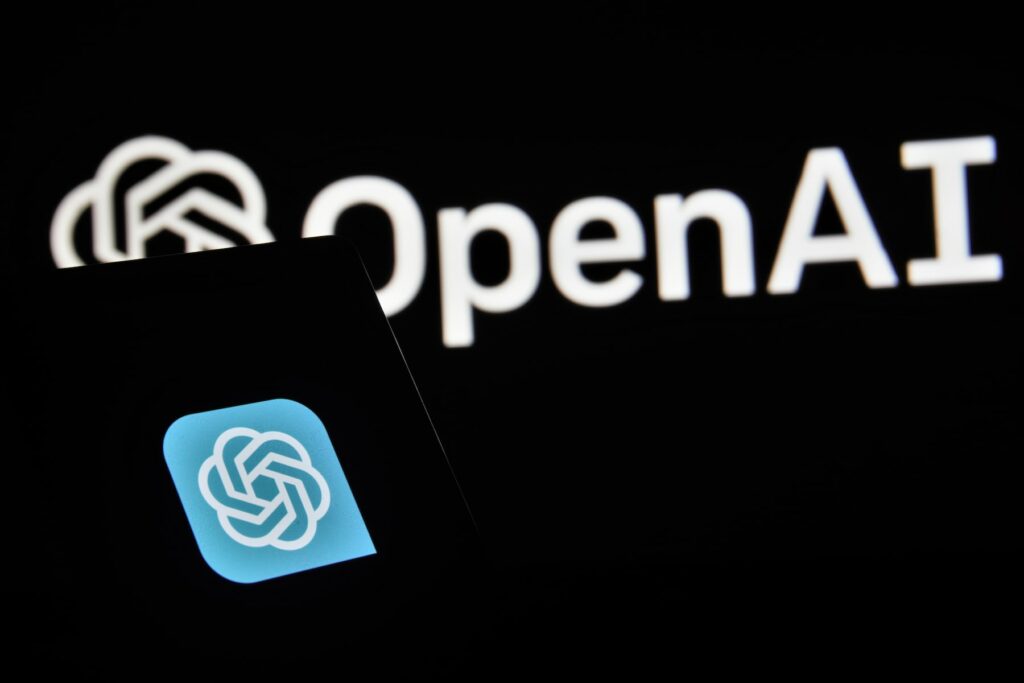![The ‘Giveaway Piggy Back Scam’ In Full Swing [2022]](https://www.cjco.com.au/wp-content/uploads/pexels-nataliya-vaitkevich-7172791-1-scaled-2-683x1024.jpg)

Revolutionizing Image Authenticity: Unpacking Embedded AI Watermarking and Its Groundbreaking Potential

As Seen On
Embarking on a new age of generative artificial intelligence (AI), algorithms capable of generating photo-realistic images are becoming increasingly prevalent. At the forefront of these developments are DALL’E 2 and Stable Diffusion technology, however, this new wave of technology also brings concerns about trust in visual authenticity.
With AI advancements often comes uncertainty. The key to mitigating this unease lies in the realm of “forensics,” which comprises a set of techniques that aim to identify computer-generated or modified photos. Yet, these solutions themselves can manifest problems, as their efficacy is often prone to accuracy issues and loopholes.
Historically, watermarking techniques had offered some reassurance of image authenticity. Unfortunately, these traditional methods are not without their drawbacks, featuring flaws that make them easy to overwrite or remove. Thus, the integrity of the original image can still be compromised despite watermarking attempts.
Changing the game, the latest research by Meta AI, Centre Inria de l’Universite de Rennes, and Sorbonne University brings a promising solution to the table. They’ve developed the ‘Signature Method,’ a revolutionary procedure that seamlessly integrates watermarking into the image generation process. This method allows a unique, fine-tuned watermark, or Stable Signature, to be embedded during the inception of an image.
The advantages of this groundbreaking method are plentiful. It’s not only versatile in its watermarking capabilities but also light on computational needs, which is pivotal in our data-heavy world. Besides these benefits, the method’s robust security features and the potential to aid ethical use checks make it a big leap in image generation technology.
The process’s execution is managed using Latent Diffusion Models (LDM), where fine-tuning plays a significant role during execution. The Signature Method leverages the pre-training on HiDDeN, contributing significantly to the process. HiDDeN watermarking technique is a critical tool in ensuring the durability and undetectability of the watermark, optimising its performance amidst adversarial attacks.
The application of these techniques in real-world scenarios beckons an era where cropped images can still be accurately identified, effectively bypassing some of the major challenges in image authentication prevalent today. Moreover, this cutting-edge technology paves the way for potential uses in tracking model lineage and more.
As we traverse further into the intricacies of AI image generation, the Signature Method offers much-needed assurance of image authenticity. This technology’s potential is monumental and promises to revolutionize the current landscape of photo-realistic AI image generation. As we continue to unlock and leverage the powers of Generative AI and watermarking, the future of digital image authenticity looks more promising and secure than ever. This could define a new era where trust, transparency, and authenticity occupy the centre stage in the digital world.
Hence, amidst the rapid advancement of AI technology, ensuring image authenticity remains both a challenge and a necessity. However, the adoption of these new techniques signifies a promising step forward, encouraging a more secure and accountable digital future.
Casey Jones
Up until working with Casey, we had only had poor to mediocre experiences outsourcing work to agencies. Casey & the team at CJ&CO are the exception to the rule.
Communication was beyond great, his understanding of our vision was phenomenal, and instead of needing babysitting like the other agencies we worked with, he was not only completely dependable but also gave us sound suggestions on how to get better results, at the risk of us not needing him for the initial job we requested (absolute gem).
This has truly been the first time we worked with someone outside of our business that quickly grasped our vision, and that I could completely forget about and would still deliver above expectations.
I honestly can't wait to work in many more projects together!
Disclaimer
*The information this blog provides is for general informational purposes only and is not intended as financial or professional advice. The information may not reflect current developments and may be changed or updated without notice. Any opinions expressed on this blog are the author’s own and do not necessarily reflect the views of the author’s employer or any other organization. You should not act or rely on any information contained in this blog without first seeking the advice of a professional. No representation or warranty, express or implied, is made as to the accuracy or completeness of the information contained in this blog. The author and affiliated parties assume no liability for any errors or omissions.

